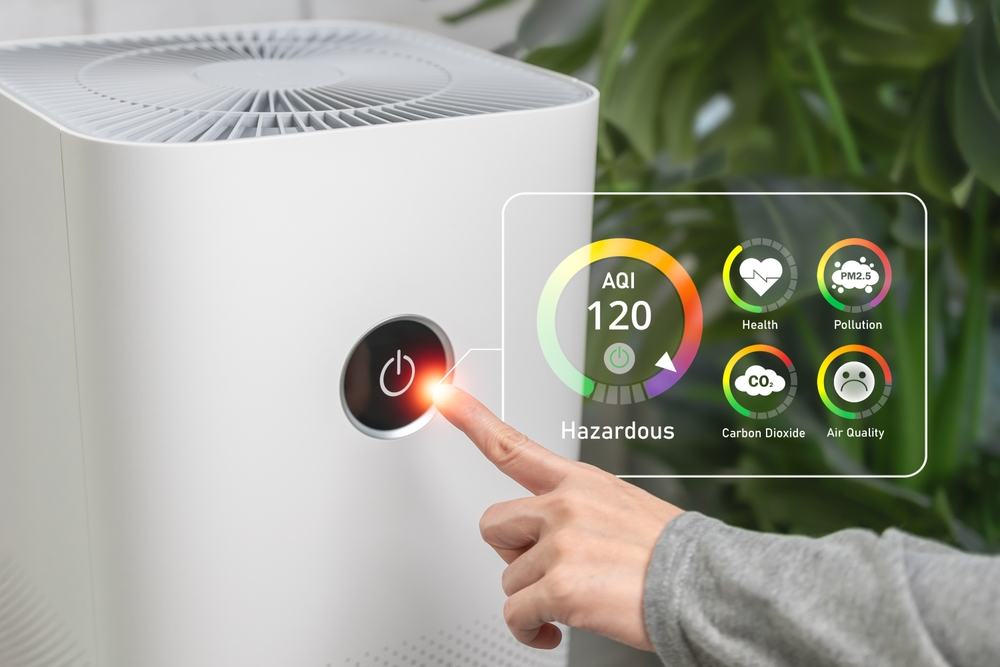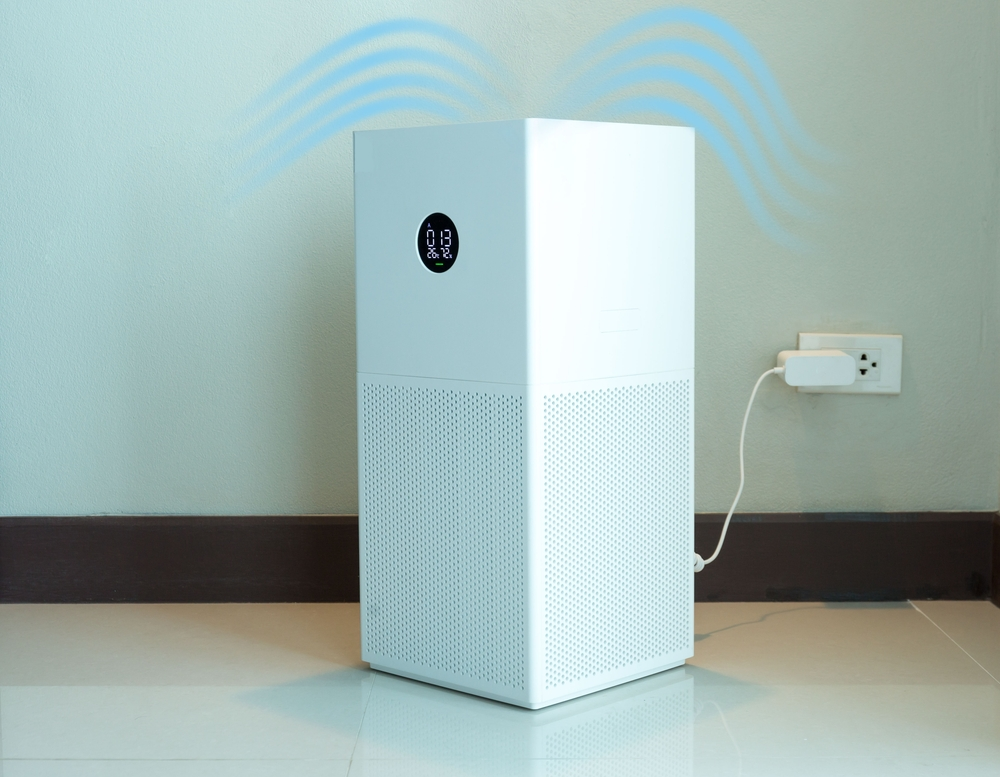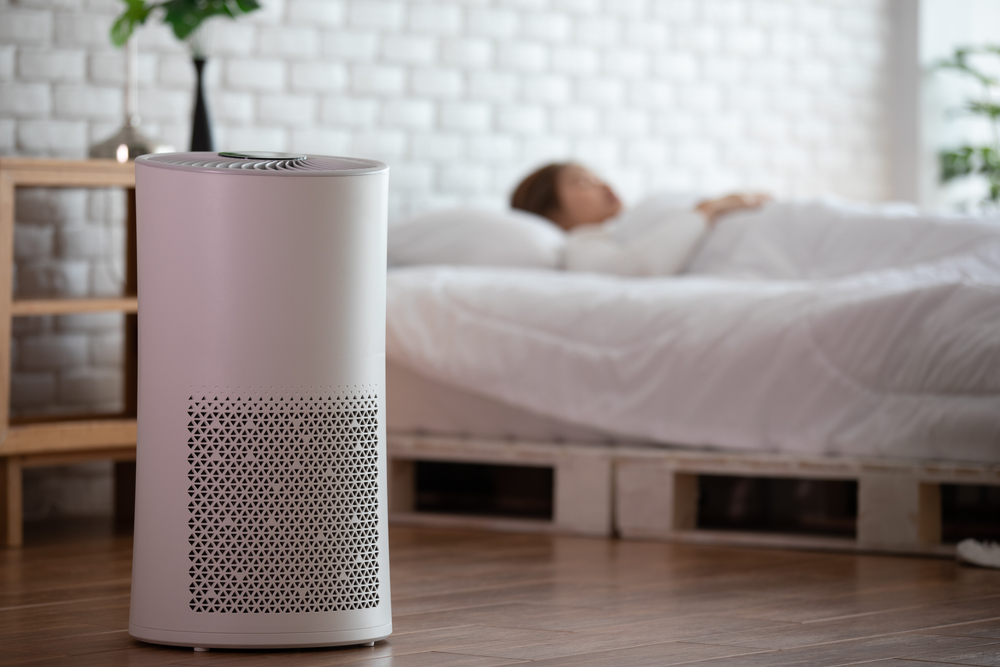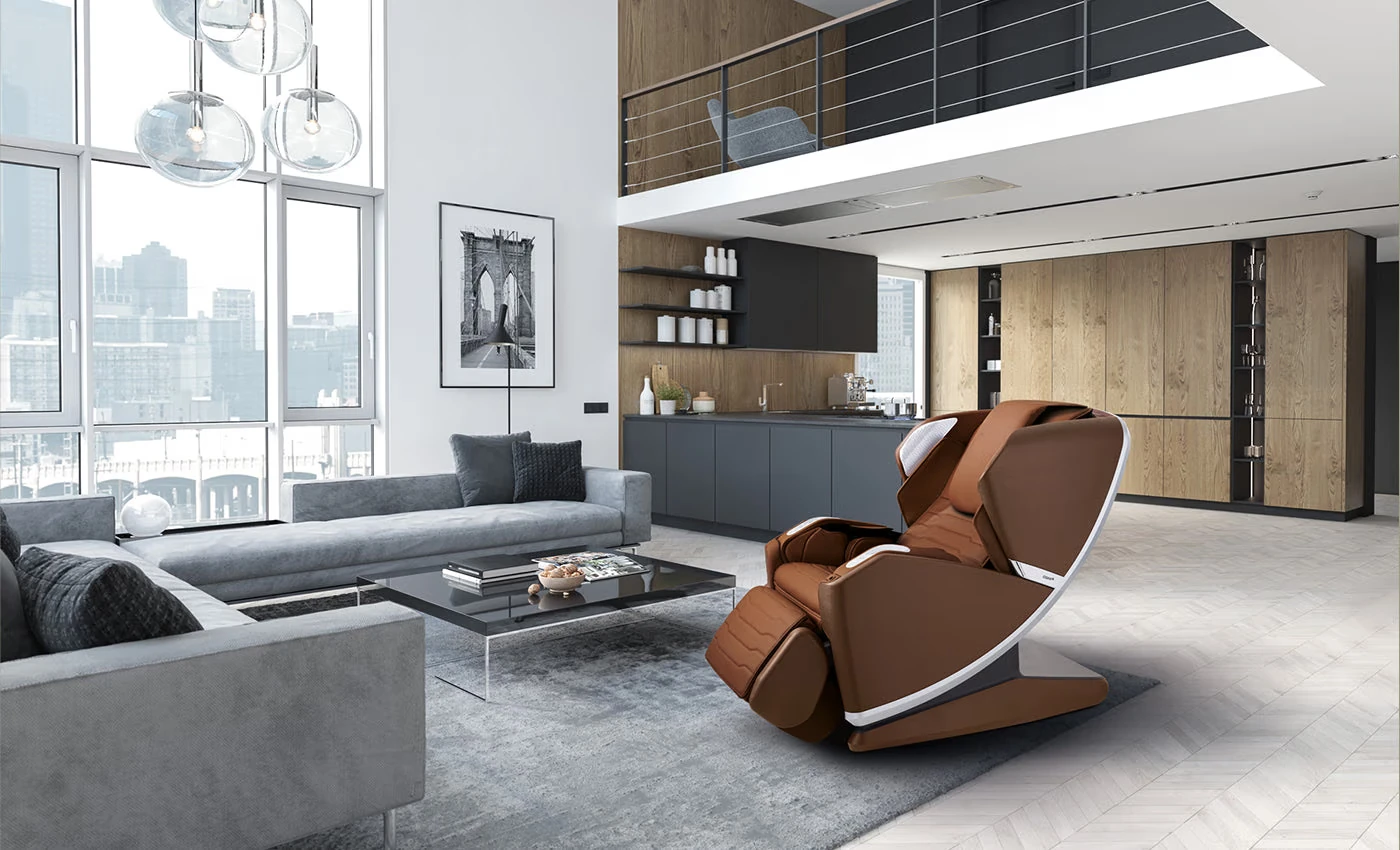The air inside your home can often be more polluted than what you breathe outdoors, especially in urban flats or tightly sealed buildings. From dust and pollen to smoke and odours, indoor air pollutants can gradually impact your comfort, focus, and overall wellbeing. That’s why many households are investing in purification systems. But do air purifiers work, or are they just another overhyped gadget?
This article explores what air purifiers truly do, how they function, what contaminants they can handle, and whether they provide measurable health benefits. Whether you’re aiming to reduce allergens, sleep better, or simply breathe cleaner air, this guide will help you decide if an air purifier suits your home.
Why People Are Turning to Air Purifiers
Indoor spaces are full of particles we can’t always see — pet dander, mould spores, smoke, volatile organic compounds (VOCs), and even fine dust. Over time, these particles can cause irritation or long-term health effects, especially for people with allergies or respiratory sensitivities.
In the UK’s densely populated cities, growing concern over indoor air quality has sparked a sharp rise in interest in air purification devices. Consumers are now looking for products that claim to:
- Remove airborne allergens
- Neutralise strong odours from pets or cooking
- Reduce exposure to smoke and traffic pollution
- Support healthier breathing in closed or poorly ventilated spaces
The popularity of air purifiers has also increased due to heightened awareness around hygiene and post-pandemic air cleanliness.
But before you invest in one, it’s essential to understand how air purifiers work to decide if they’re worth the investment and whether do air purifiers work in real-world conditions.
What an Air Purifier Really Does
At its core, an air purifier is a device designed to remove particles and pollutants from indoor air. Most models operate using one or more air filtration mechanisms that capture contaminants such as dust, pollen, smoke, and even certain bacteria or chemicals.
Among the most effective technologies in quality air purifiers is the HEPA filtration system. HEPA — short for High Efficiency Particulate Air — filters are capable of trapping 99.97% of airborne particles as small as 0.3 microns. These include:
- Fine dust
- Pet dander
- Mould spores
- Pollen
- Some bacteria and virus particles
Some advanced purifiers combine HEPA with activated carbon filters, which help absorb odours, VOCs, and gaseous pollutants released from paint, cleaning agents, or furniture. Others may include UV lights or ionisers, though these features vary in effectiveness and application.
A portable air purification system, often designed for a single room or office space, offers the flexibility to move the unit between areas of your home. Larger, stationary models are designed to cover entire floors or open-plan rooms and are better suited to families or high-use living areas.
While the technology behind each purifier can differ, the goal remains the same: to circulate air through filters, reduce the concentration of pollutants, and help you breathe cleaner air indoors.
What Air Purifiers Can and Can’t Remove

A good air purifier can be a valuable tool in improving indoor air quality, but it’s important to understand exactly what it can — and can’t — remove from the environment.
What Air Purifiers Help With
Most air purifiers, especially those equipped with a HEPA air purification system, are designed to target airborne particles. These may include:
- Allergens such as pollen, pet dander, and dust mites
- Mould spores, which can trigger respiratory symptoms
- Smoke particles, especially from cooking or candles
- Fine dust from furniture, carpets, or outside air
- Tired eyes remedy: By reducing airborne irritants, they may ease eye dryness or strain in allergy-prone environments
HEPA filters work by trapping particles as air passes through multiple layers of fine mesh. Some purifiers also include activated carbon filters to reduce gaseous pollutants, like volatile organic compounds (VOCs) found in paints, cleaning agents, and certain furniture.
In homes where allergies are a concern, an air purifier for allergies can help reduce exposure and support clearer breathing, particularly in bedrooms or shared spaces.
What Air Purifiers Won’t Work For
Despite their effectiveness, air purifiers are not miracle machines. Even the most advanced models have limitations:
- They don’t remove CO₂, radon, or all viruses
- They can’t clean surfaces — dust and allergens on furniture or bedding remain
- Odours may not be fully neutralised unless the unit includes specialised filters
- Air purifiers don’t replace proper ventilation, especially in damp or poorly maintained spaces
- Larger particles like pet hair or visible debris won’t be captured unless they’re airborne
In short, air purifiers can support cleaner air, but they work best as part of a broader air quality strategy that includes regular cleaning, moisture control, and ventilation.
Are Air Purifiers Worth It in the UK?
In the UK, where weather patterns often mean windows stay shut for long stretches of the year, indoor air quality can become a real concern. Mould thrives in damp homes. Traffic pollution seeps into properties in urban areas. And seasonal allergens, such as tree or grass pollen, don’t just stay outside.
This is where an air purifier can offer clear advantages. While not a cure-all, a well-made HEPA air purifier can significantly reduce airborne irritants in the home. That’s especially valuable for those living in older houses with limited ventilation or in cities where outdoor air can feel stale even with the windows open. In some cases, combining air purification with a humidifier may further enhance indoor comfort, especially during drier winter months.
Do Air Purifiers Work to Improve Your Health?
For people with allergies, asthma, or general respiratory sensitivities, the benefits are noticeable. By filtering out pollen, mould spores, dust mites and even pet dander, air purifiers reduce the likelihood of reactions, particularly during peak seasons.
Although they’re not a replacement for medical treatment or ventilation, several studies suggest that air purifiers for allergies can ease symptoms such as sneezing, eye irritation, and strained breathing in susceptible individuals. Over time, reduced exposure to indoor pollutants may also support better sleep and fewer headaches caused by poor air quality.
For the average household, this means less dust, fewer smells, and potentially a lighter load on your lungs — especially in rooms where you spend a lot of time, such as bedrooms or home offices.
How Much Energy Do Air Purifiers Use?

When adding any appliance to your home, it’s natural to consider its impact on your electricity bill. Fortunately, most air purifiers are designed to be energy efficient, especially when run continuously or on lower settings throughout the day.
What Affects Energy Usage?
The electricity consumption of an air purifier depends on several factors:
- Unit size: Larger machines built for open spaces tend to use more energy than compact or portable models.
- Fan speed and filter type: Running on high settings or with additional filtration (like UV or carbon filters) may draw more power.
- Usage duration: Continuous operation — common for allergy sufferers — will naturally increase consumption over time.
Typical Power Range
A standard HEPA air purification system usually runs on 20–60 watts on its lowest setting and up to 100 watts on high. To put this in perspective, it’s often less than what a ceiling fan or desktop computer consumes.
If you’re using a portable air purification system in one room, particularly in energy-conscious modes like sleep or eco, it’s unlikely to add significant cost to your energy bill.
How to Keep Costs Low
- Use auto mode or timed operation when you’re out
- Ensure filters are clean — clogged filters force the fan to work harder
- Choose an appliance with a good energy rating or low standby power usage
For most households, the daily running cost of a purifier is minimal, especially compared to the long-term benefits of better air quality, sleep, and allergy relief.
What to Look for in a Good Air Purifier
Choosing an air purifier can feel overwhelming, especially with so many features, filter types, and technical terms involved. But knowing what actually matters can help you pick a system that suits your space, needs, and lifestyle.
Here are a few key features to consider when searching for a HEPA air filter machine or similar device:
- HEPA certification: Look for purifiers with a HEPA room air cleaner rating (ideally H13 or above) to ensure it can trap 99.97% of fine airborne particles.
- Room size compatibility: Choose a unit sized for your space — a portable air purification system may work well for a bedroom, while open-plan areas may need something more powerful.
- Noise level: For bedrooms or workspaces, low-noise operation is a must. Many high-quality models offer “sleep” or “quiet” modes.
- Filter replacement indicator: A smart feature that lets you know when your air filtration system needs maintenance.
- Carbon or dual-filter options: Useful if you want to tackle odours, smoke, or gaseous pollutants alongside allergens.
- Running cost: Energy-efficient models typically consume very little electricity. Still, it’s worth checking the wattage and operating modes to ensure it fits your usage habits and budget.
You don’t need the most expensive model on the market. The real question to ask is, do air purifiers actually work for your lifestyle, living space, and health needs, not just whether they have the most impressive spec sheet.
Final Thoughts: Are Air Purifiers Worth It for You?
If you’ve been asking yourself, “Do air purifiers work?”, the answer is yes — but with realistic expectations. A well-made unit, particularly one using a HEPA air purification system, can significantly reduce airborne particles that contribute to allergies, poor sleep, and discomfort at home. While an air purifier won’t replace ventilation or deep cleaning, it’s a valuable support tool for maintaining a healthier indoor environment.
From filtering out everyday dust to easing symptoms caused by airborne allergens and pollutants, air purifiers can quietly support your wellbeing, especially if you live in a city, share space with pets, or suffer from seasonal sensitivities.
OSIM offers wellness-focused solutions that complement your home and lifestyle. While an air purifier may support cleaner breathing, combining it with a quality humidifier or other comfort-enhancing tools can further improve your indoor environment, helping you feel more at ease, relaxed, and refreshed every day.




